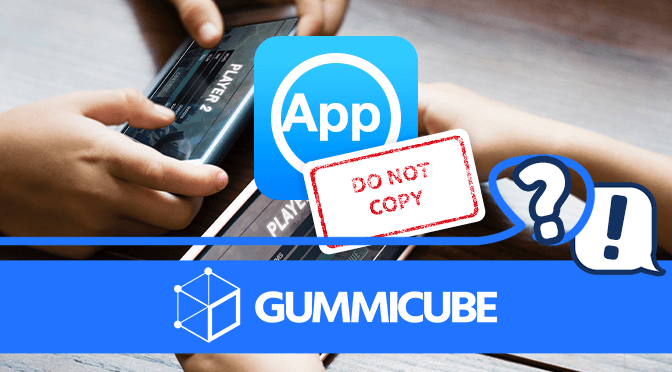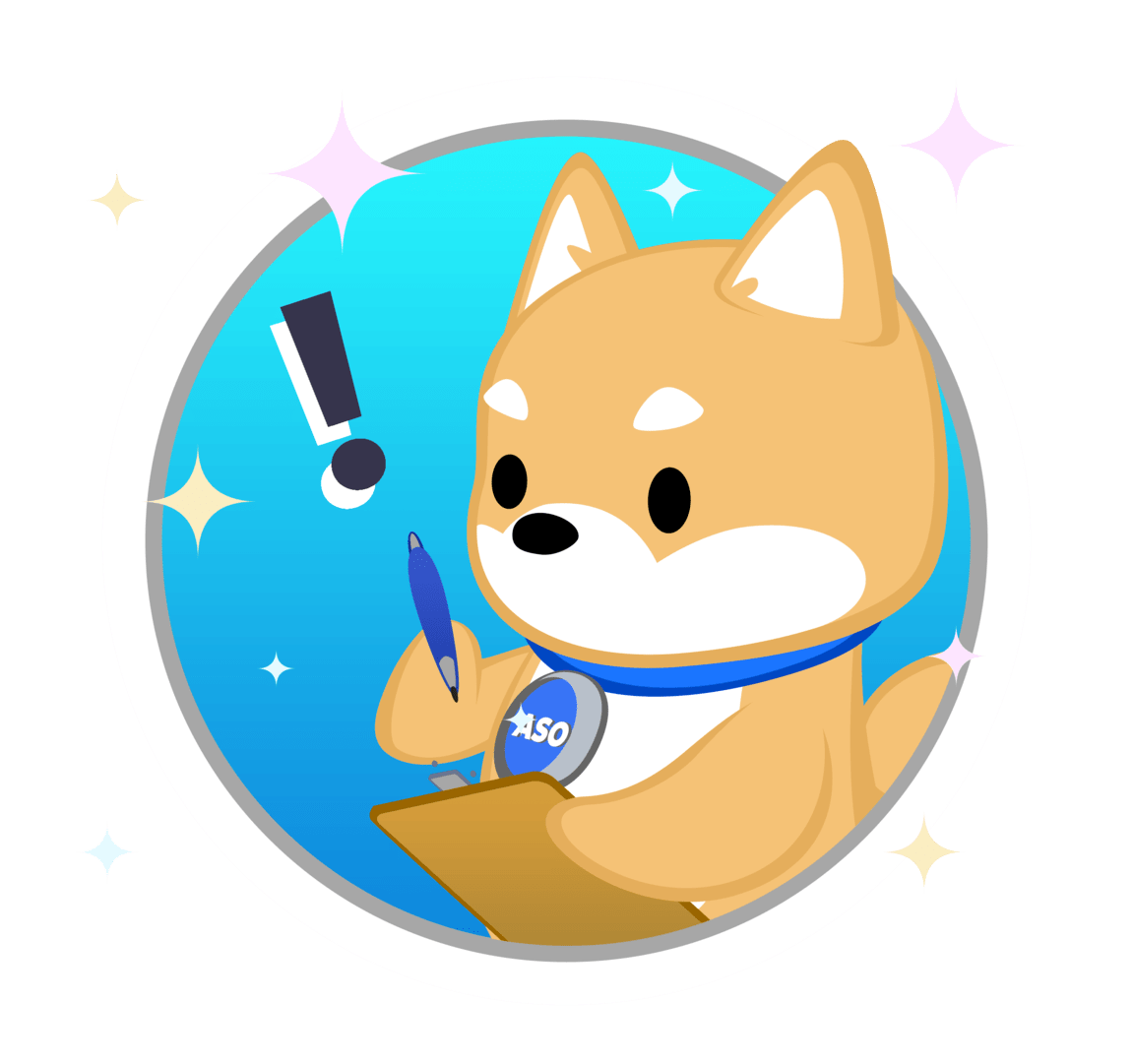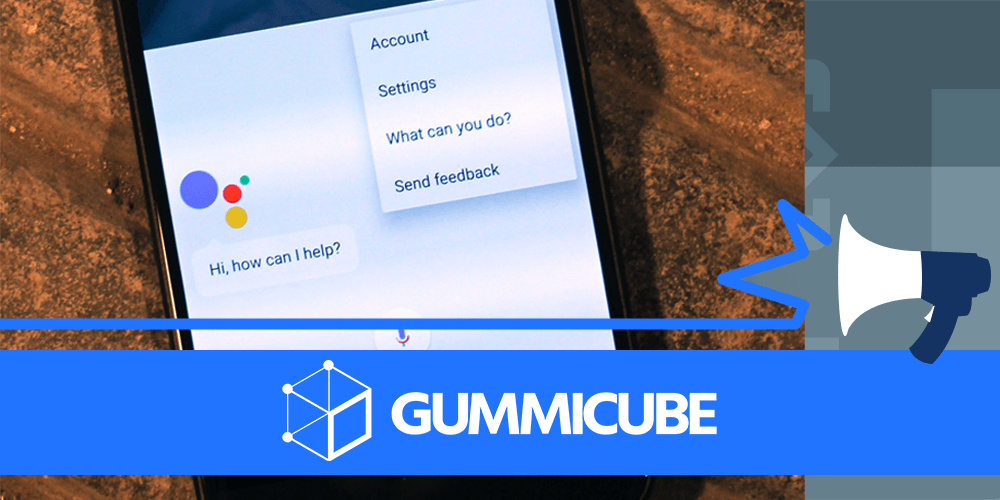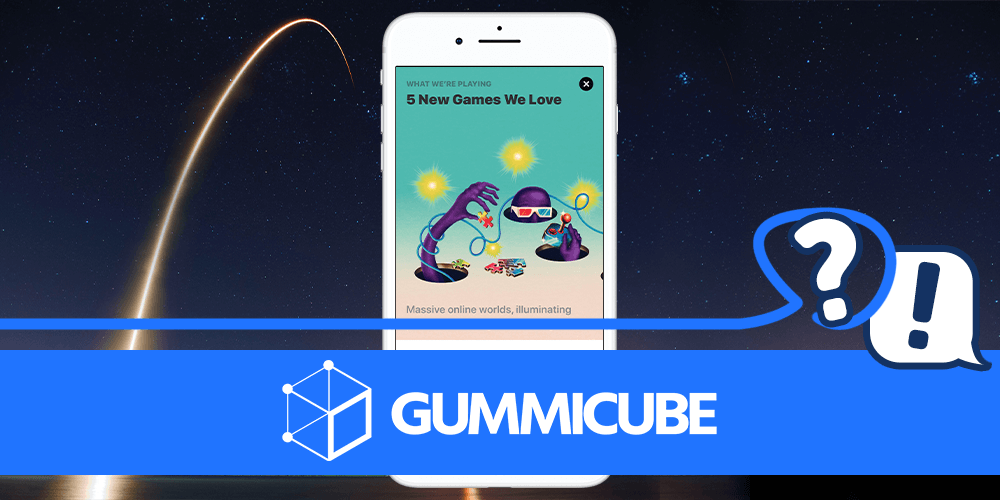
App Developers Try to Trick the App Store with Copies
Posted on February 1st, 2019
The App Store and Google Play Store are filled with millions of apps, making the app environment intensely competitive. Some virtual phone app developers have attempted to get a leg up in the App Store by posting several versions of the same app with minimal differences. These apps managed to avoid detection for some time, but they were recently found to be in violation of the App Store Review Guidelines and were subsequently removed. This serves as a valuable lesson in why proper App Store Optimization is more important than loopholes and tricks.












